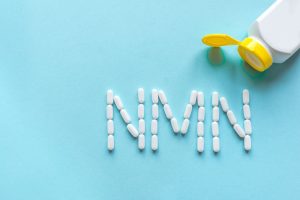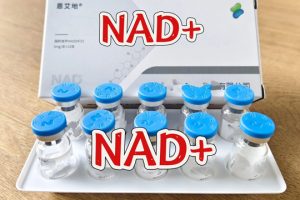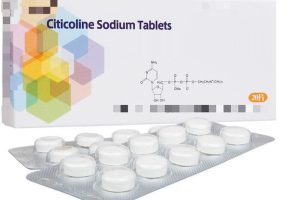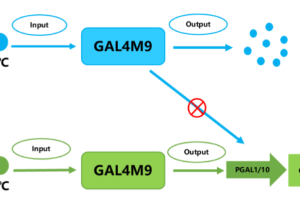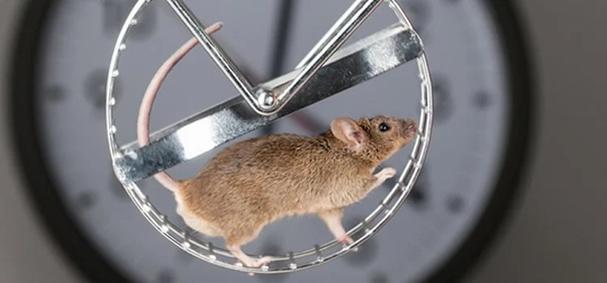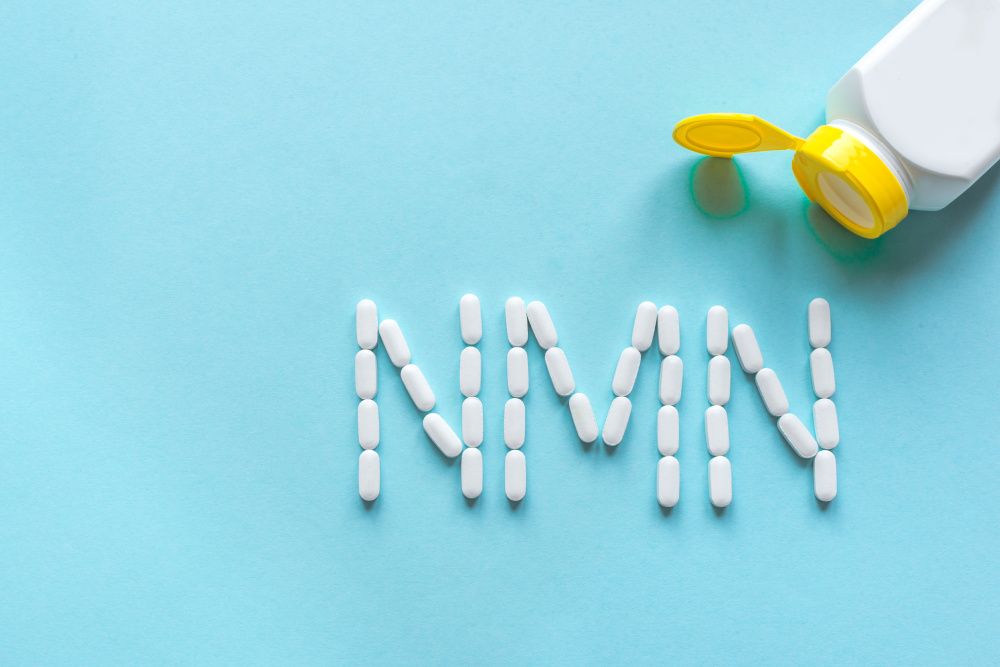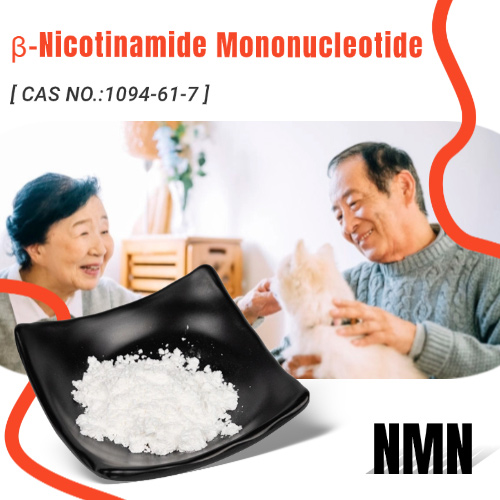University of New South Wales: NMN can achieve health improvements similar to exercise
Everyone knows that obesity is not good for your health, but it is very difficult to really “keep your mouth shut and move your legs”. In 2016, scientists at the University of New South Wales in Australia found that injecting obese mice with NMN could achieve health improvements similar to exercise, and the study was published in the journal Front Pharmacol in August of the same year.
NMN mouse experiment
In the experiment, 6-week-old female mice, equivalent to about 15 years in humans, were first fed a high-fat, American-style fast food diet, which made them significantly obese at 11 weeks of age (equivalent to about 20 years in humans), with an average weight gain of 23 percent compared to mice on a normal diet.
For the next six weeks, some of these obese mice were required to undergo treadmill training six days a week, with more than 600m of training per day;
A group of mice that did not exercise received 500mg/kg of NMN per day (equivalent to about 2.25g in humans) for the last 17 days.
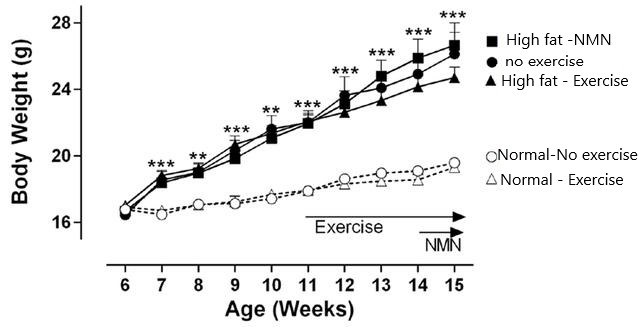
The results showed that the high-fat diet kept the mice gaining weight, and even daily exercise or NMN injections did not stop the mice from gaining weight.
However, both NMN injections and exercise resulted in higher glucose tolerance in mice on a high-fat diet than in mice that did not exercise.
Like humans, mice rely on insulin to regulate their blood sugar balance, but a prolonged high-fat diet makes the mice’s bodies insensitive to insulin, and their blood sugar levels increase more when they consume glucose, and the risk of developing diabetes is higher.
In the experiment, the researchers injected 2g/kg of glucose into the mice via intraperitoneal injection and monitored their blood sugar levels for the next three hours.
The results showed that the mice that received the NMN injection and continued to exercise both had significantly lower overall blood sugar levels, demonstrating that they had better glucose tolerance.
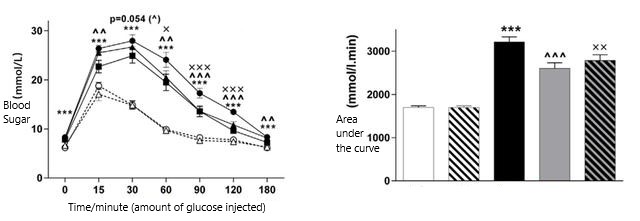
Not only that, NMN and exercise also increased mitochondrial activity levels in the mice.
The organism breaks down glucose into carbon dioxide and releases a lot of energy through aerobic respiration, and the core reaction of aerobic respiration is the tricarboxylic acid cycle (also known as the citric acid cycle) in the mitochondria, in which Citrate synthase plays a key role.
In experiments, the researchers found that both NMN injection and exercise significantly increased the activity of citrate synthetase in mouse cells, and this phenomenon was particularly prominent in liver cells, which means that both NMN injection and exercise improved mitochondrial function in obese mice, allowing them to more efficiently convert glucose into bioenergy.
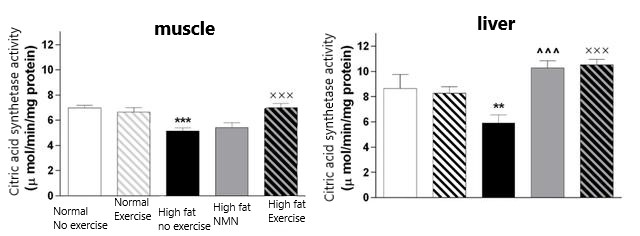
In summary, the study found that both NMN injection and exercise significantly improved the health status of obese mice, improving their glucose tolerance and mitochondrial function.
As the researchers note, “this is the first study to compare NMN treatment to exercise ‘head-to-head,'” and the results were positive.
Perhaps in the near future, NMN can be used as a positive means to improve the health of obese patients who are inconvenient to exercise. GSHWORLD
References:
- 1. Uddin, G. M., Youngson, N. A., Sinclair, D. A., & Morris, M. J. (2016). Head to Head Comparison of Short-Term Treatment with the NAD(+) Precursor Nicotinamide Mononucleotide (NMN) and 6 Weeks of Exercise in Obese Female Mice. Frontiers in pharmacology, 7, 258.



